In 1983, in the technotriller WarGamesDavid Lightman, played by then young Matthew Broderick, sits in his bedroom, plunging into a square computer with an 8-bit Intel processor. As the text scrolls across the screen, David's face lights up; he thinks he hacked a video game company, but the teenager is actually dealing with a military supercomputer. "Let's play a game?" The computer asks ominously. At the end of the film, a countdown to World War III was provoked.
In the same year that the film was released, a group of Milwaukee teenagers and young adults played their game. Like Broderick's character, these suburban technology scientists, dubbed 414, hacked into large networked computer systems used by established organizations in search of new games. Likewise, what started out as harmless fun had very tangible consequences. The group was eventually caught by the FBI for breaking into about a dozen government and industrial systems. These included the Sloan Kettering Memorial Cancer Center and the Los Alamos National Laboratory, a nuclear weapons research center that produced the atomic bombs used during World War II.
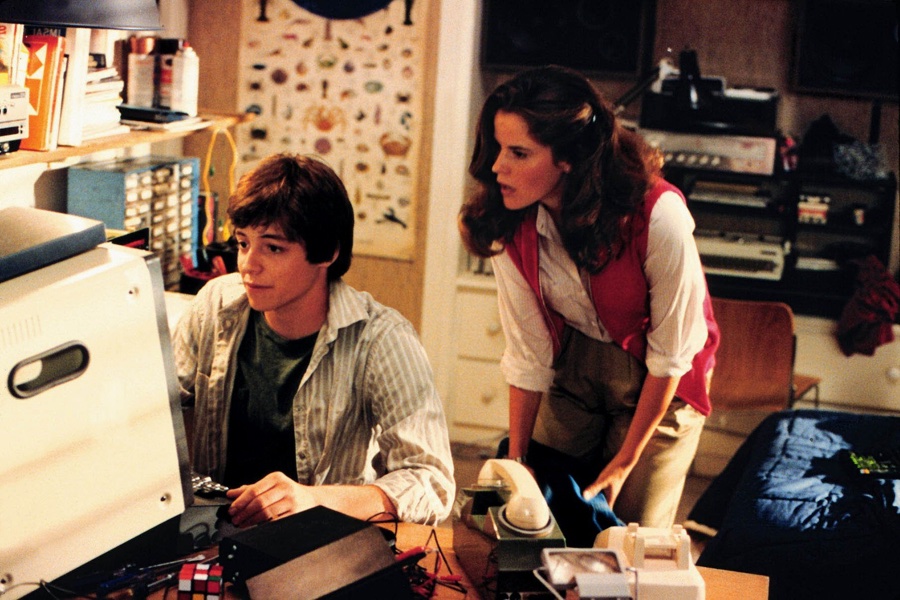
/ «WarGames» 1983 414- .
While 414's antics did not spark nuclear conflict, they sparked national debate about computer security - long before cyberwar hit the headlines and modern hackers such as Julian Assange became household names. In addition, the group's fueled media hype has warned US lawmakers that new laws are needed to tackle computer crime.
The group will help educate the nation on the opportunities and challenges, such as security neglect, that come with connecting computers to a network. After the group was exposed, member Neil Patrick was asked on NBC's Today show if he had any regrets. “In hindsight, I would really like to see these systems not so easy to access,” he replied.
Dexterous children
In the early 1980s, the era of computer culture began. The first IBM personal computer appeared in 1981, bringing the term "personal computer" to the masses. The Commodore 64 was introduced the following year; later this model will become the best-selling model of all time. By 1983, both tech aficionados and more cautious owners loved the power of the PC. That same year, The New York Times went digital with the first computer in the newsroom.
However, by today's standards, these simple machines still have a long way to go. “One of the most important things here is how early it all happened in the technological age,” says Alan J. Borsuk, who was a reporter for The Milwaukee Journal at the time.and covered the news about 414. "It all happened before the concepts of the Internet, e-mail or anything like that became widely known." Everything was really very primitive and was just beginning. "
But for many, the first protocomputers were a portal to uncharted territory. Tim Winslow, who became one of the 414, discovered his talent in the mid-1970s when he was in junior high school. His mathematics teacher brought a primitive computer to test the solution of some problems. Called a teletypewriter, the device was essentially a mechanical typewriter that displayed text on a glass screen. Combined with an acoustically connected modem that transmitted signals over the telephone network, the system could send and receive printed messages.
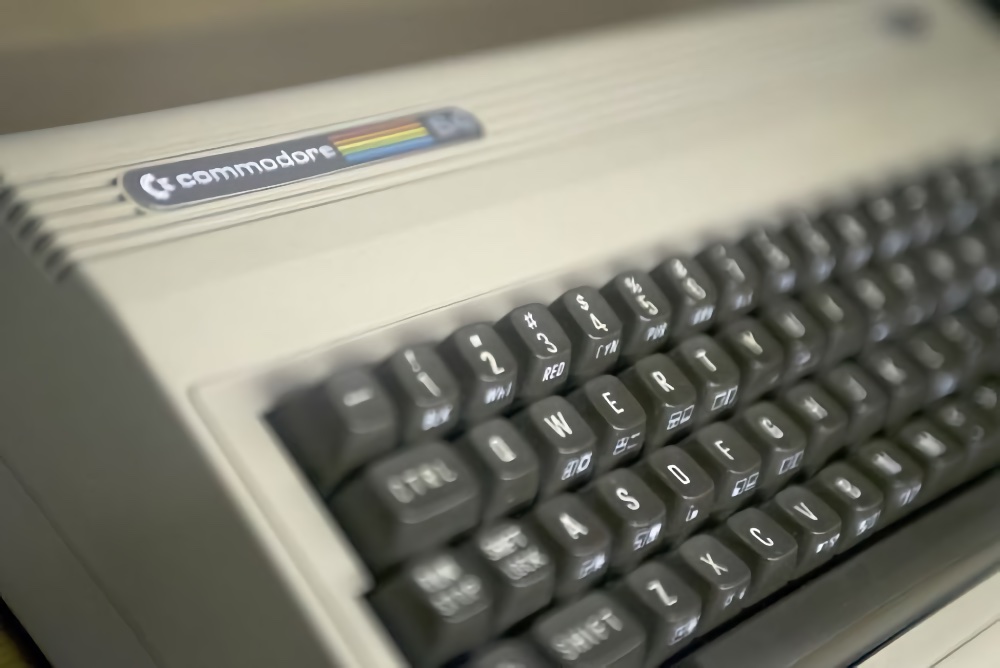
At that time, personal computers such as the Commodore 64 were just gaining popularity.
Winslow had no opportunity to test the computer in class. But he stayed at school after school that night to try it himself. As soon as his teacher got online and started the math program, Winslow was hooked. “I fell in love with trying to learn and create with this new technology,” he says.
Winslow found that he was not the only one who gravitated towards these early computers. In high school, he joined the IBM-sponsored computational and technology-focused Explorer Scout program, where he met most of the future hackers. The members of the group met right after school in downtown Milwaukee to program together.
Over time, many of them became friends and in the end they decided that their group needed a name. In the 1980s, gangs in Milwaukee called themselves the names of the streets they ran on, such as Group 27, which operated on 27th Street, were numbers carved on picnic tables where hackers would sometimes meet at dinner. The group's territory was Milwaukee, so they took the local area code 414 as their name.
Beginning of the game
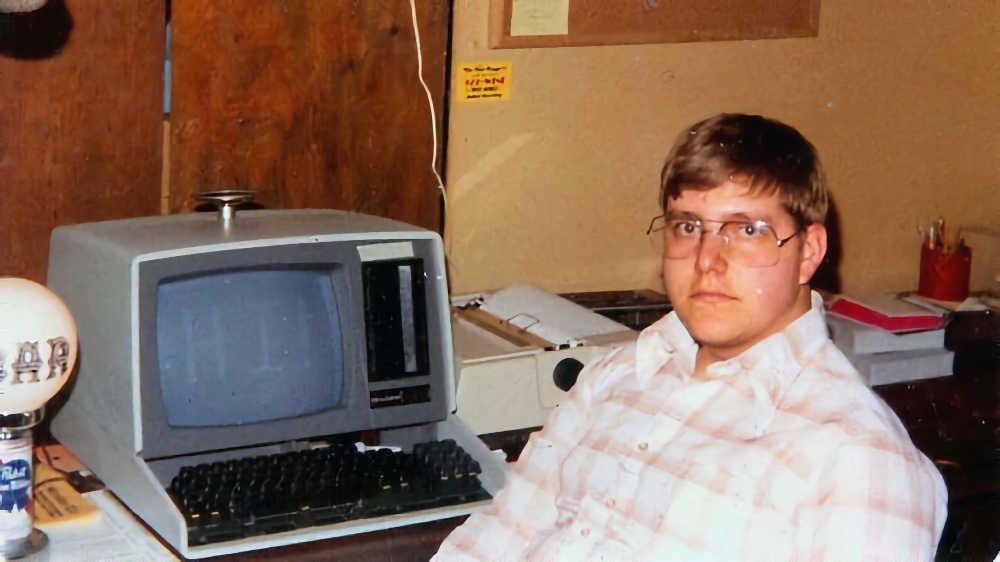
Tim Winslow was among the band members interviewed for the documentary The 414s: The Original Teen Hackers, which premiered at the 2015 Sundance Film Festival.
For at least a year, 414 used their home computers and telephone modems to connect to large computer systems across the country. Using elementary passwords and login information written in the manuals of various computer systems, which were never updated or changed, they were able to penetrate large networks. For example, says Winslow, the login and password for one of the systems were system and system , respectively .
“It was so easy to get into them because people didn't read their own manuals,” he says.
The gang saw themselves as researchers using curiosity to learn more about how systems work. Basically, the 414s wanted to get their hands on computer games. However, throughout 1983 the group's activities became more and more daring. They once hacked into the Security Pacific National Bank in Los Angeles with billions of dollars in assets. That spring, 414 entered the Los Alamos National Laboratory computer.
By June, the gang had discovered themselves. 414's exploits were uncovered when they hacked into Memorial Sloan Kettering and accidentally deleted patient records. This was reported by the administrator of Memorial Sloan Kettering, who then contacted the FBI, which, in turn, traced the group back to Milwaukee on incoming phone calls.
“To get more evidence, they actually walked out of our homes and installed surveillance devices [on] our phone lines,” Winslow says. Shortly thereafter, several 414 members, including Winslow, then 20, Gerald Vondre (21), and 17-year-old Patrick, were greeted on the doorstep by FBI agents in suits and ties.
“I went to bed late the night before; my mom came down and woke me up, ”says Winslow, who went upstairs to find the agents sitting at the kitchen table. "They [said], 'We would like to talk to you about what you have been doing with the computer over the past few months."
Hidden heritage
Winslow, Vondra and another member of the group were indicted by the federal government and faced the possibility of jail time. But since Patrick was a minor, he did not face legal action.
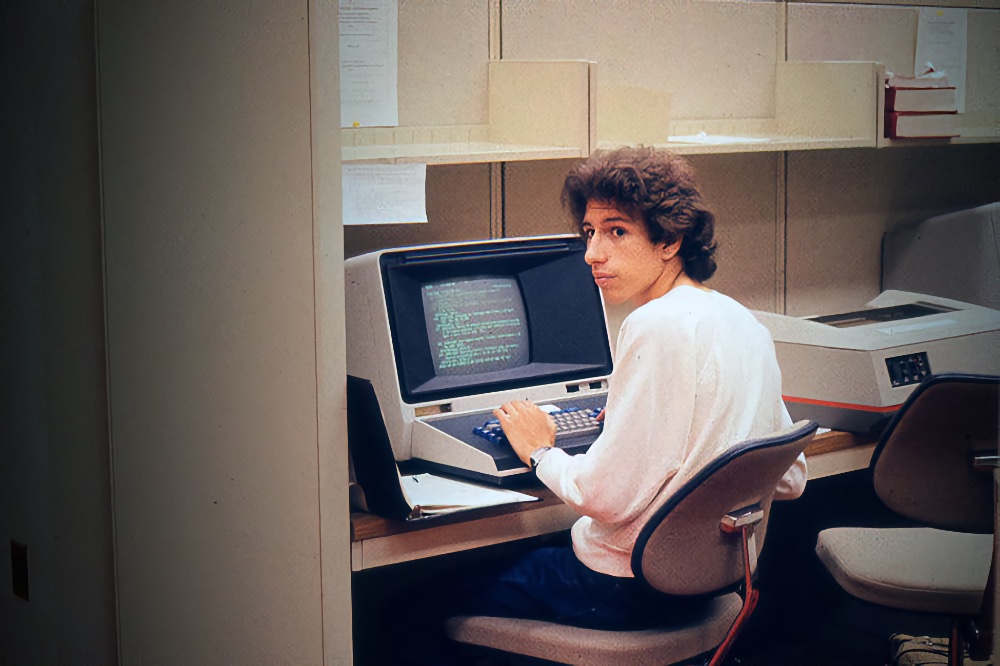
Neil Patrick became the face of the 414s, even testifying before Congress.
While his peers struck plea deals, Patrick toured the media, appearing on The Phil Donahue Show and CBS Morning News. His face made the cover of Newsweek. He even testified about computer security threats before Congress in Washington, DC, where camera clicks were so loud that they sometimes drowned out speakers. At some point, Patrick was asked when he first thought about the "ethical appropriateness" of what he was doing.
“FBI agents knocked on my door one day,” he replied.
Since there were no anti-hacking laws at the time, adult gang members 414 were charged with phone harassment. The offense was punishable by two years probation and a $ 500 fine; the charges were eventually dropped.
Nearly four decades later, 414's legacy continues to live on, although perhaps not in the most obvious way. Michael Vollmann, director of the documentary The 414s: The Original Teen Hackers, says that he was initially attracted to the band's history because at the time it was overshadowed by films such as WarGames. “[But] a few other things happened because of this,” he continues. For example, the fact that Neil Patrick came and testified before Congress about his experiences. As a result of the exploits of the gang and the circus that followed in the media, six bills were introduced in the House of Representatives, dealing with various aspects of computer crimes.
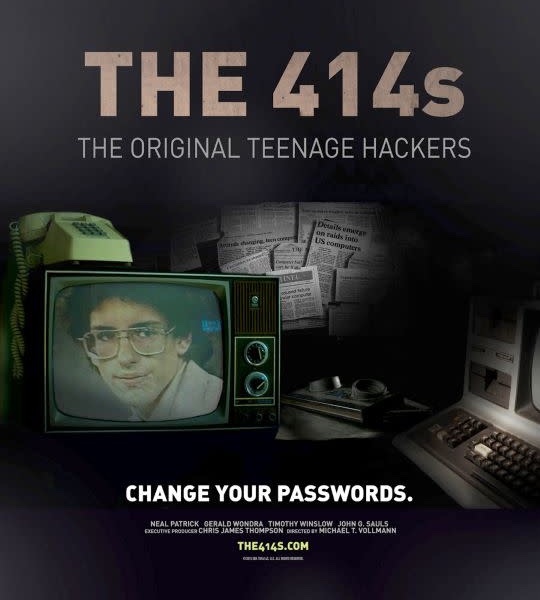
Morgan Wright, a cybersecurity expert, notes how far this area has come since then. “We've come a long way [from] the curiosity of kids who just looked at it and said, 'Hey, let's try passwords,'” he says. “It really was the only defense; [there was] no two-factor authentication, no security tokens, no digital certificates. All this came later, and it happened at a time when we could no longer trust people with only username and password, because they were too easy to hack. " Wright sums it up: The history of Group 414 was a watershed moment in computer security vulnerabilities.
"If that's the case, then 414 were the only people to break into the Los Alamos lab when it was very poorly protected," adds cybersecurity expert Joseph Steinberg, "[then] they did us a great service."
Thus, group 414 can be called not only the pioneers of hacking, but also the first pentesters. If in the 80s the number of potential objects for hacking was small, now the number of IT systems and digitalized objects (including strategic ones) is increasing every year. And they all need to be tested for strength. It follows from this that specialists-pentesters who check the security of such systems will be in stable demand in the labor market.

As usual, the promo code HABR will add 10% to the training discount shown on the banner.
- Profession Ethical hacker
More courses
- Data Science
- Data Analyst
- Frontend-
- -
- «Python -»
- «Machine Learning Pro + Deep Learning»
- Machine Learning
- « Machine Learning Data Science»
- Unity
- JavaScript
- Java-
- C++
- DevOps
- iOS-
- Android-